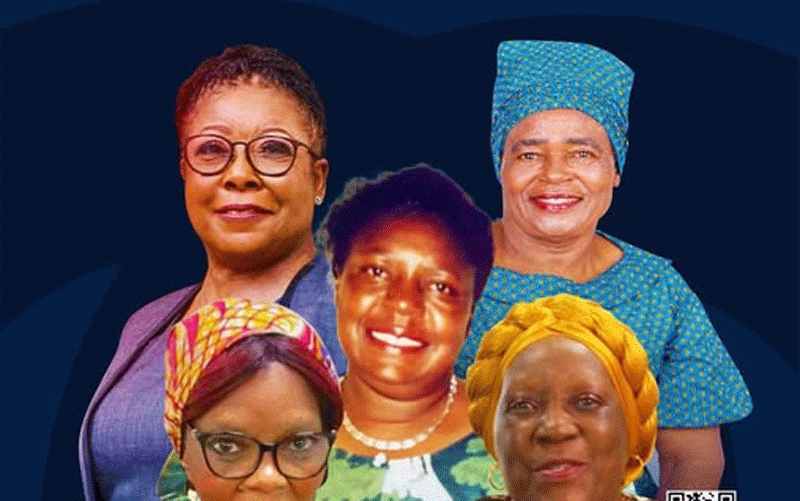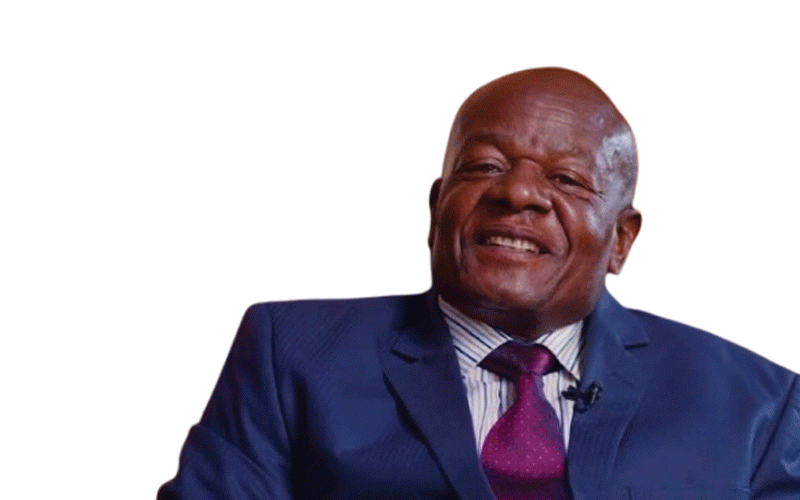
By Tim Middleton
So who is the dream woman? Men of different generations will give different answers: those of an older generation may claim Marilyn Monroe, Brigitte Bardot, Grace Kelly, Naomi Campbell, Halle Berry, Charlize Theron. Younger men may vote for actresses like Jennifer Lopez, Margot Robbie, Scarlett Johansson, the singer Beyonce or models like Bella Hadid and Adriana Lima. In one magazine survey Lupita Nyong’o was declared the greatest dream woman after her role in 12 Years a Slave won her the 2013 Best Supporting Actress Oscar becoming the first African actress to win the award and the first Kenyan actress to win an Oscar of any kind. The debate may well rage on!
What though elevates women into this supreme category? In a poll of men, generally the qualities seen in a dream woman are women who are supportive, sensitive, communicative, confident, loyal, humorous, smart, trustworthy, loyal, athletic —such may only be the stuff of dreams! A woman’s perspective of the dream woman has been defined by Jennifer Elisabeth, the author of Born Ready: Unleash Your Inner Dream Girl, where she says “Being a Dream Girl is never going to be about what you look like or how much you weigh. After all, our physical appearances are just reflections of our inner worlds. What makes you a Dream Girl is your emotional sensitivity, your self-awareness, and your ability to communicate who you are effectively and compassionately in the world.”
There is one lady who perhaps may be best categorised as the Dream Woman. Ellen Johnson Sirleaf was the first woman African president (of Liberia in 2005 and again in 2011); she was awarded the Nobel Peace Prize in 2011 “in recognition of her efforts to bring women into the peacekeeping process” before founding in 2018 the Ellen Johnson Sirleaf Presidential Centre for Women and Development, which aims “to be a catalyst for change across Africa, by helping unleash its most abundant untapped power — its women”. In one of her most well-known statements, she declared that “The size of your dreams must always exceed your current capacity to achieve them. If your dreams do not scare you, they are not big enough.” Dreams must scare us!
Here is the thing, though. Dreams, the dreams we have in our sleep, are generally totally unrealistic, impossible, unfinished, confusing, befuddled, and, for the most part, instantly forgettable. They clearly are not part of the real world. They are not even like the dream world in which the fictional character Walter Mitty lives — such have been defined as “ineffectual dreams”. Yet motivational speakers will all encourage and urge us to dream big, to have those big dreams. So, again we are reminded that “If your dreams do not scare you, they are not big enough.”
The dreams that scare us are normally called nightmares! We do not want nightmares; what makes them nightmares is that everything goes wrong in them, everything is mixed up, everything is disturbing and everything is vivid. Is that what we should be encouraging people to have? Are we supposed to scare our youngsters? People might argue that being scared increases the adrenaline which makes us act stronger, harder, longer; it makes us more focussed, determined, purposeful, concentrated. Maybe then we will achieve our big goals if they scare us — except that fear can also paralyse us into doing nothing!
Yet, here we are, exhorted to have dreams that scare us. We are urged to dream big, to go beyond the real, the possible, the present but to push, stretch, extend our talents, attitudes and comforts. We must not be content with what we have or are but move on further. Sidney Poitier, the Oscar winning star of To Sir With Love, has stated in this regard that his dream is “To simply wake up every morning a better person than when I went to bed.” He expanded on that by saying that “A person doesn’t have to change who he is to become better” while adding that “You don’t have to become something you’re not to be better than you were.” Are those dreams big enough? Are they scary?
Yes, we can dream — the author Rudyard Kipling reminds us of how we should “dream and not make dreams your master”. We might though be tempted to follow the line of Charles Bukowski who said that “I stopped looking for a dream girl. I just wanted one that wasn’t a nightmare”. However, we will do well to find our dream girl in one like Ellen Johnson Sirleaf. Dream on and be a slave no more!
- Chamisa under fire over US$120K donation
- Mavhunga puts DeMbare into Chibuku quarterfinals
- Pension funds bet on Cabora Bassa oilfields
- Councils defy govt fire tender directive
Keep Reading
- Tim Middleton is the executive director of the Association of Trust Schools [ATS]. The views expressed in this article, however, are solely those of the author in his private capacity and do not necessarily represent the views of the ATS.
- email: [email protected]
- website: www.atschisz










